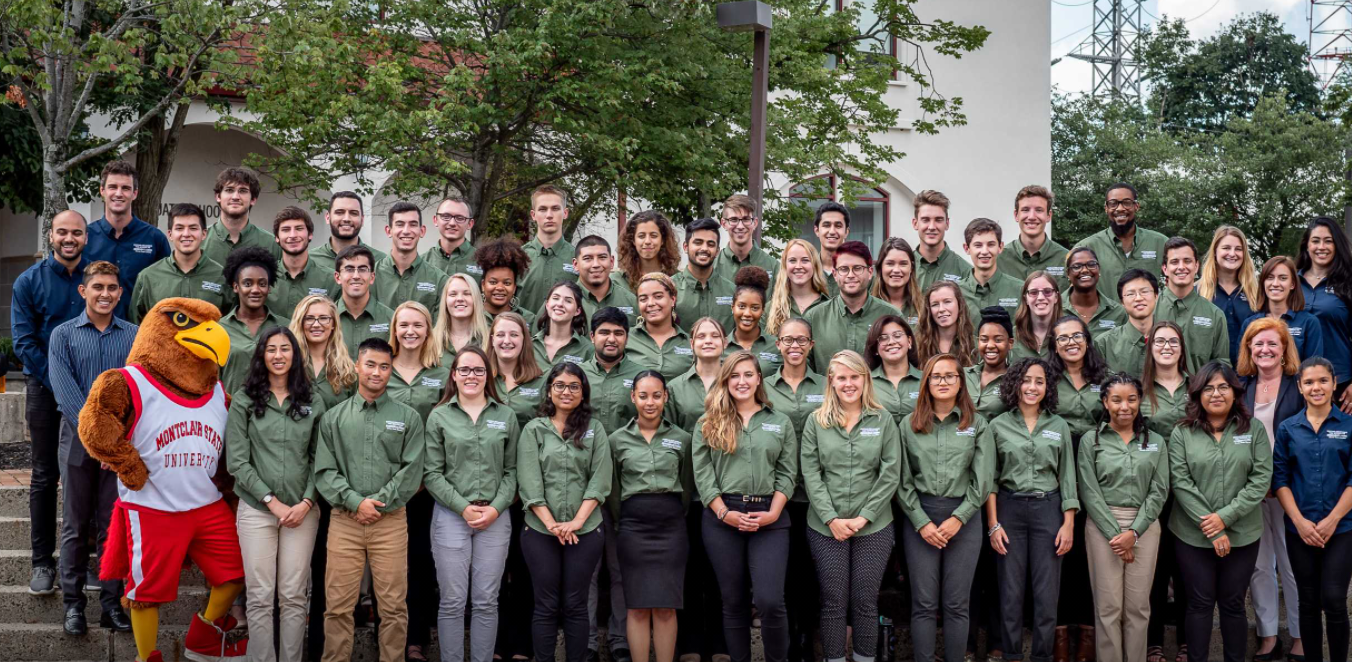Title
Isoprenoid-Mediated Changes in the Glycerophospholipid Molecular Species of the Sterol Auxotrophic Fungus Lagenidium Giganteum
Document Type
Article
Publication Date
1-1-1995
Abstract
The mosquito pathogenic fungus Lagenidium giganteum (Oomycetes: Lagenidiales) is a sterol auxotroph that can grow vegetatively in the absence of these compounds, but requires an exogenous source of sterols to enter its sexual and asexual reproductive cycles. Electrospray mass spectrometry (MS) and electrospray MS/MS were used to examine three major glycerophospholipid molecular species - glycerophosphocholine (GPC), glycerophosphoethanolamine (GPE) and glycerophosphoinositol (GPI) - from fungal mycelium and nuclei grown in defined medium with and without isoprenoids which induce (cholesterol and ergosterol) or do not induce (squalene, cholestane) reproduction. Testosterone supplementation of defined media inhibited growth of L. giganteum, so the effect of this steroid on phospholipid metabolism could not be assessed. Mycelium grown in defined media supplemented with these isoprenoids produced significantly different quantities of total phospholipid relative to unsupplemented media and to each other, ranging from a mean of 292 μg phosphate per g wet weight for cholesterol-supplemented media to 56 μg phosphate per g wet weight for mycelium grown in the presence of squalene. A very large percentage of the GPC (69-80 mol%) and GPI (74-79 mol%) molecular species from mycelia and nuclei contained ether linkages. GPE molecular species had 13-20 mol% ether-containing moieties. The elevated levels of ether lipids may be related to the sterol auxotrophic nature of the fungus. Isoprenoid supplementation of defined growth media resulted in many significant changes in molecular species for all three lipid classes. Significant differences (P < 0.05) in the percentage of total cell ether lipids in GPC and GPE were generated by isoprenoid supplements to culture media. Mycelium grown in the presence of the two sterols which induce asexual and sexual reproduction in L, giganteum, cholesterol and ergosterol, had a significantly greater percentage of ether-containing GPE moieties. The glycerolipid species from nuclei isolated from cultures grown with cholesterol and ergosterol were similar to the composition of nuclei isolated from fungus cultured in defined medium without any supplement or supplemented with squalene. The nuclear membrane from mycelia grown in cholestane-supplemented media, however, had a very different glycerophospholipid composition relative to either whole cells or nuclei from cells grown on other media. It appears that one of the reasons that cyclic isoprenoids such as cholestane do not induce fungal reproduction is that they drastically alter the nuclear membrane glycerophospholipid composition.
MSU Digital Commons Citation
Kerwin, James L.; Tuininga, Amy; Wiens, A. M.; Wang, J. C.; Torvik, J. J.; Conrath, M. L.; and MacKichan, Joanna K., "Isoprenoid-Mediated Changes in the Glycerophospholipid Molecular Species of the Sterol Auxotrophic Fungus Lagenidium Giganteum" (1995). Presentations and Proceedings. 10.
https://digitalcommons.montclair.edu/pseg-institute_present/10



